-
 bitcoin
bitcoin $123963.239194 USD
1.37% -
 ethereum
ethereum $4529.082464 USD
1.07% -
 xrp
xrp $2.983640 USD
0.71% -
 tether
tether $1.000287 USD
0.02% -
 bnb
bnb $1179.874393 USD
2.99% -
 solana
solana $230.633678 USD
1.55% -
 usd-coin
usd-coin $0.999835 USD
0.03% -
 dogecoin
dogecoin $0.254240 USD
1.34% -
 tron
tron $0.341176 USD
0.15% -
 cardano
cardano $0.842285 USD
0.52% -
 hyperliquid
hyperliquid $48.537896 USD
-0.86% -
 chainlink
chainlink $21.863092 USD
-0.84% -
 ethena-usde
ethena-usde $0.999743 USD
-0.07% -
 sui
sui $3.579561 USD
-0.18% -
 stellar
stellar $0.403418 USD
2.67%
How to transfer crypto from Coinbase to Coinbase Wallet?
Transferring crypto from Coinbase to Coinbase Wallet gives you full control of your assets—just ensure correct network selection and address accuracy to avoid irreversible losses.
Oct 01, 2025 at 09:36 am
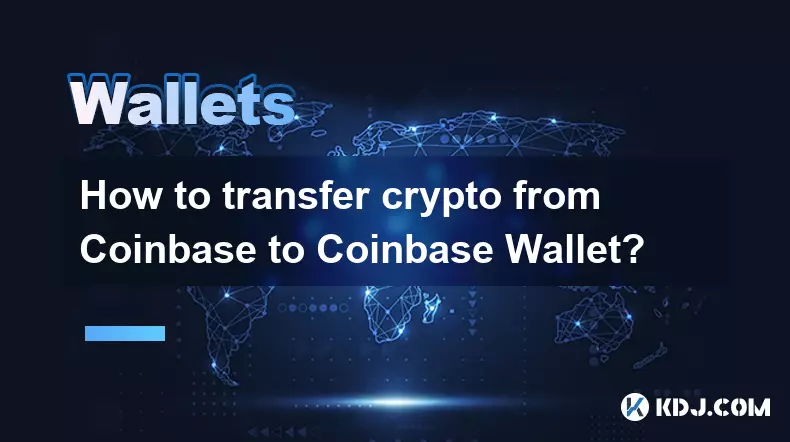
Understanding the Transfer Process
1. Transferring cryptocurrency from Coinbase to Coinbase Wallet involves moving assets from a centralized exchange platform to a self-custody wallet. This shift grants users full control over their private keys, enhancing security and ownership. The process is straightforward but requires careful attention to network selection and address accuracy.
2. Before initiating any transfer, ensure that the Coinbase Wallet app is installed on your mobile device and properly set up with a secure recovery phrase stored offline. Misplacing this phrase can result in permanent loss of access to funds.
3. Log into your Coinbase account through the website or mobile app. Navigate to the portfolio section and locate the specific cryptocurrency you wish to withdraw. Each digital asset operates on different blockchain networks, so selecting the correct one is essential.
4. Click on the “Withdraw” option next to the chosen asset. You will be prompted to enter the destination address. This must be the public receiving address from your Coinbase Wallet app, not another service or exchange.
5. Confirm the withdrawal details including amount, network, and associated fees. Once submitted, the transaction cannot be reversed. Most transfers are processed within minutes, though congestion on certain blockchains may cause delays.
Selecting the Correct Blockchain Network
1. When withdrawing assets such as Ethereum (ETH), it's critical to choose the same network used by your Coinbase Wallet. For example, if your wallet receives ETH via the Ethereum mainnet, do not select Polygon or Arbitrum during withdrawal unless explicitly supported and intended.
2. Sending tokens over an incompatible network—like transferring a BEP-20 token using the Ethereum network—can lead to irreversible fund loss. Always verify the network compatibility between Coinbase and your wallet before confirming.
3. Stablecoins like USDC exist on multiple chains. Coinbase allows users to select which version they want to send. If your Coinbase Wallet holds USDC on Optimism, make sure to select the Optimism network when withdrawing from Coinbase.
4. Fees vary depending on the selected network. High-demand networks like Ethereum often have higher gas costs, while Layer 2 solutions or alternative blockchains offer lower fees. Evaluate cost versus speed based on current market conditions.
5. After completing the network selection, double-check all information displayed on the confirmation screen. A single incorrect character in the address or wrong chain choice can compromise the entire transaction.
Verifying Receipt in Coinbase Wallet
1. Open the Coinbase Wallet app after initiating the transfer. The home screen typically updates automatically, showing incoming transactions once they are detected on the blockchain.
2. Tap on the relevant cryptocurrency to view its transaction history. Look for the pending transaction that matches the sent amount and timestamp. Confirmation times depend on network congestion and fee levels paid.
3. For ERC-20 tokens or other non-native assets, ensure they appear under the correct token list. Some tokens may not show up immediately and require manual addition via the contract address.
4. If the funds don’t appear within a reasonable timeframe, use a blockchain explorer like Etherscan. Enter your wallet’s public address to independently verify whether the transaction was broadcasted and confirmed.
5. In cases where the transaction fails or gets stuck, contact Coinbase support with the transaction ID (TXID). Provide all relevant details without sharing private keys or recovery phrases.
Common Issues and Troubleshooting
1. One frequent issue arises when users accidentally send cryptocurrencies using a network not supported by their wallet. For instance, withdrawing Bitcoin Cash via the Bitcoin network results in lost funds since they operate on separate protocols.
2. Another common mistake involves copying outdated or incorrect wallet addresses. Always generate a new receive address in the Coinbase Wallet app and copy it carefully, avoiding manual typing.
3. Delays in transaction processing often stem from low network fees or high traffic on the blockchain. While frustrating, these delays do not necessarily indicate failure; most transactions eventually confirm.
4. Some users report missing tokens after transfer. This usually occurs because the token isn't automatically displayed. Using the 'Add Token' feature with the correct contract address resolves visibility issues.
Frequently Asked Questions
Can I reverse a crypto transfer from Coinbase to Coinbase Wallet? No, blockchain transactions are irreversible. Once confirmed, the sender cannot cancel or reclaim the funds. Always review the recipient address and network before submitting.
Are there fees involved in transferring crypto to Coinbase Wallet? Yes, Coinbase charges a network fee based on current blockchain congestion. These fees compensate miners or validators for processing the transaction and vary by asset and network.
Why doesn't my transferred token appear in Coinbase Wallet? Certain tokens need to be manually added using their smart contract address. Access the 'Add Token' function in the wallet app and input the correct contract details to display the balance.
Is it safe to transfer large amounts of crypto to Coinbase Wallet? Transferring large amounts is safe provided the wallet is secured with a strong password and the recovery phrase is stored offline. Avoid sharing device access or entering credentials on untrusted platforms.
Disclaimer:info@kdj.com
The information provided is not trading advice. kdj.com does not assume any responsibility for any investments made based on the information provided in this article. Cryptocurrencies are highly volatile and it is highly recommended that you invest with caution after thorough research!
If you believe that the content used on this website infringes your copyright, please contact us immediately (info@kdj.com) and we will delete it promptly.
- BlockDAG, DOGE, HYPE Sponsorship: Crypto Trends Shaping 2025
- 2025-10-01 00:25:13
- Deutsche Börse and Circle: A StableCoin Adoption Powerhouse in Europe
- 2025-10-01 00:25:13
- BlockDAG's Presale Buzz: Is It the Crypto to Watch in October 2025?
- 2025-10-01 00:30:13
- Bitcoin, Crypto, and IQ: When Genius Meets Digital Gold?
- 2025-10-01 00:30:13
- Stablecoins, American Innovation, and Wallet Tokens: The Next Frontier
- 2025-10-01 00:35:12
- NBU, Coins, and Crypto in Ukraine: A New Yorker's Take
- 2025-10-01 00:45:14
Related knowledge
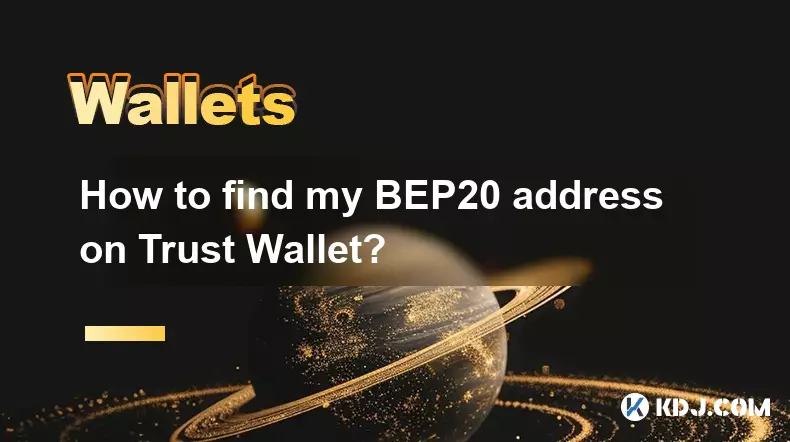
How to find my BEP20 address on Trust Wallet?
Oct 04,2025 at 06:19pm
Understanding BEP20 and Trust Wallet Compatibility1. Trust Wallet is a widely used cryptocurrency wallet that supports multiple blockchain networks, i...
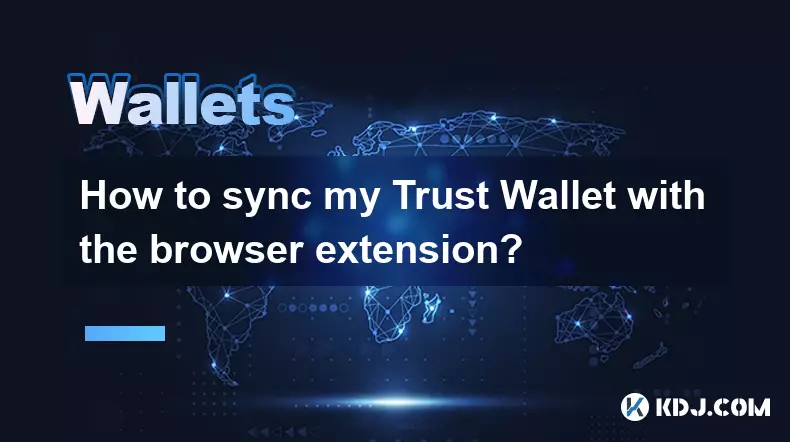
How to sync my Trust Wallet with the browser extension?
Oct 03,2025 at 06:19pm
Understanding Trust Wallet and Browser Extension IntegrationTrust Wallet is a popular non-custodial cryptocurrency wallet that supports a wide range o...
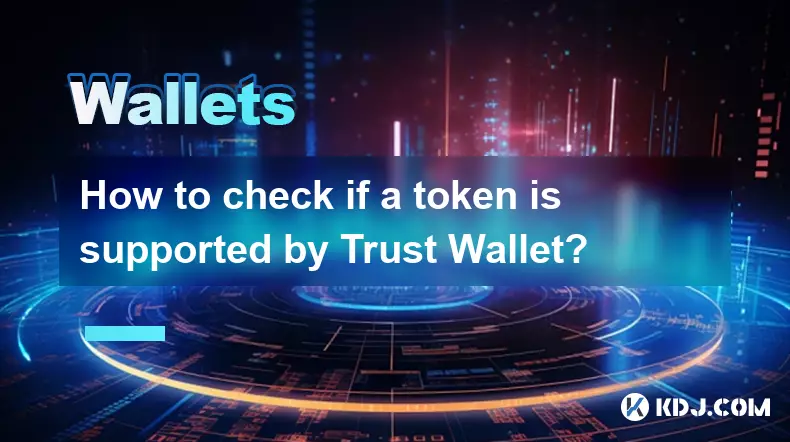
How to check if a token is supported by Trust Wallet?
Oct 04,2025 at 05:18am
Understanding Token Compatibility with Trust Wallet1. Trust Wallet supports a wide range of blockchain networks, including Ethereum, Binance Smart Cha...

How to get the Trust Wallet browser extension?
Oct 01,2025 at 12:37am
How to Access the Trust Wallet Browser Extension1. Visit the official Trust Wallet website through a secure internet connection. Navigate to the downl...

How to interact with a DApp using Trust Wallet?
Oct 02,2025 at 10:00pm
Connecting Trust Wallet to a DApp1. Open the Trust Wallet app on your mobile device and ensure your wallet is unlocked with access to your assets. Nav...
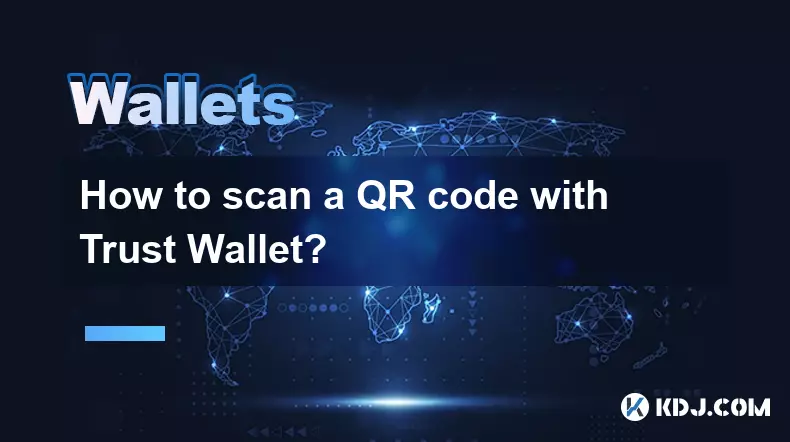
How to scan a QR code with Trust Wallet?
Oct 02,2025 at 03:37pm
Understanding QR Codes in Trust Wallet1. QR codes are widely used in cryptocurrency applications to simplify transaction processes. Trust Wallet lever...

How to find my BEP20 address on Trust Wallet?
Oct 04,2025 at 06:19pm
Understanding BEP20 and Trust Wallet Compatibility1. Trust Wallet is a widely used cryptocurrency wallet that supports multiple blockchain networks, i...

How to sync my Trust Wallet with the browser extension?
Oct 03,2025 at 06:19pm
Understanding Trust Wallet and Browser Extension IntegrationTrust Wallet is a popular non-custodial cryptocurrency wallet that supports a wide range o...

How to check if a token is supported by Trust Wallet?
Oct 04,2025 at 05:18am
Understanding Token Compatibility with Trust Wallet1. Trust Wallet supports a wide range of blockchain networks, including Ethereum, Binance Smart Cha...

How to get the Trust Wallet browser extension?
Oct 01,2025 at 12:37am
How to Access the Trust Wallet Browser Extension1. Visit the official Trust Wallet website through a secure internet connection. Navigate to the downl...

How to interact with a DApp using Trust Wallet?
Oct 02,2025 at 10:00pm
Connecting Trust Wallet to a DApp1. Open the Trust Wallet app on your mobile device and ensure your wallet is unlocked with access to your assets. Nav...

How to scan a QR code with Trust Wallet?
Oct 02,2025 at 03:37pm
Understanding QR Codes in Trust Wallet1. QR codes are widely used in cryptocurrency applications to simplify transaction processes. Trust Wallet lever...
See all articles










































































